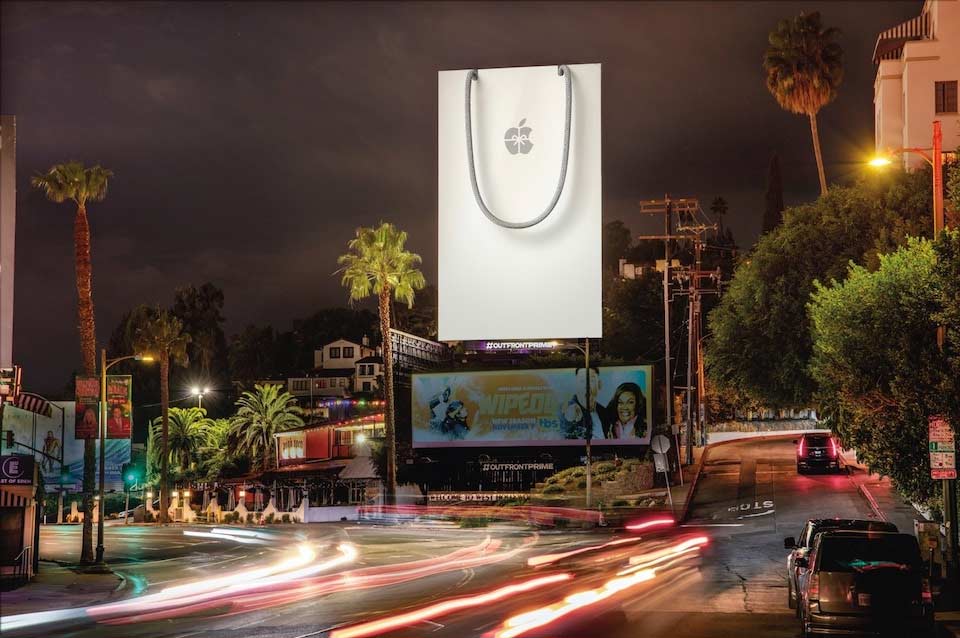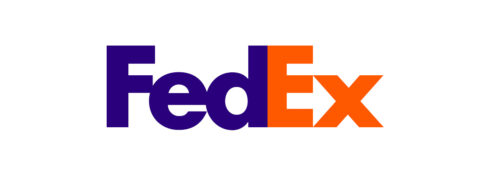Insight
Riding for the Brand:
The Importance of Logos
Logos are omnipresent in our daily lives. Look around, and you'll see them everywhere - on your shirt, cap, shoes, and even on the devices you're using to read this blog.
These simple symbols carry immense power and significance, far beyond their aesthetic appeal. A well-designed logo is more than just a visual mark; it’s a crucial element of a brand’s identity, encapsulating its essence and values.
The Role of Logos in Branding
A logo is often the first point of contact between a brand and its audience. It’s the face of the company, providing an immediate visual cue that helps consumers recognize and remember the brand. Think of iconic logos like the swoosh of Nike or the golden arches of McDonald’s, and popular modern western ones such as the Y brand from Yellowstone and the longhorn emblem of Kimes Ranch Jeans. These symbols are instantly recognizable, conveying the brand’s identity without the need for words.
Logos as Symbols of Trust and Quality
A well-crafted logo signifies trust and quality. When consumers see a familiar logo, it evokes a sense of reliability and consistency. This is particularly important in a crowded marketplace where numerous brands compete for attention. Think about it, what shirt would be more familiar to you if you saw it out in public right now? A simple one with no logo, or a simple one with a small Carhartt logo. “See” the difference? A logo serves as a shorthand for the brand’s reputation, assuring customers that they can expect a certain level of quality and service.
The Evolution of Logo Design
Creating a logo is a complex process that involves much more than simply designing an attractive symbol. It requires a deep understanding of the brand’s mission, values, and target audience. A logo must be timeless, versatile, and adaptable, able to work across various mediums and sizes. It should be simple yet distinctive, capable of conveying the brand’s message at a glance.
The Emotional Connection
Logos also play a crucial role in building an emotional connection with the audience. A well-designed logo can evoke feelings of happiness, trust, and loyalty. For example, the Apple logo on Apple products signifies innovation and premium quality, eliciting a sense of pride and belonging among its users. This emotional connection is what turns casual consumers into loyal brand advocates.


Think of a Cattle Brand
Whether you’re tied closely to ag or if you’re in a completely different industry, sink your teeth into this! Historically, logos have roots in ancient practices like cattle branding, where ranchers would mark their livestock with unique symbols to signify ownership. This practice underscores the fundamental purpose of a logo: to distinguish and identify. In today’s digital age, the concept remains the same. A logo sets a brand apart, giving it a unique identity in a sea of competitors.
Logos and Brand Storytelling
A logo is also a powerful storytelling tool. It can communicate a brand’s history, mission, and vision in a single image. For instance, the FedEx logo features an arrow hidden within its design, symbolizing speed and precision. Such subtle details can enhance the narrative of the brand, making the logo more meaningful and memorable.
In summary, a logo is much more than just a visual mark. It’s a vital component of a brand’s identity, representing its values, quality, and mission. A well-designed logo can create a lasting impression, build trust, and foster an emotional connection with the audience. Whether it’s through a simple design or a complex symbol, a logo encapsulates the essence of a brand, making it an indispensable tool in the world of branding. So next time you glance at the logos around you, remember the profound impact they have on shaping perceptions and building brand loyalty.
What are some of your favorite logos?





